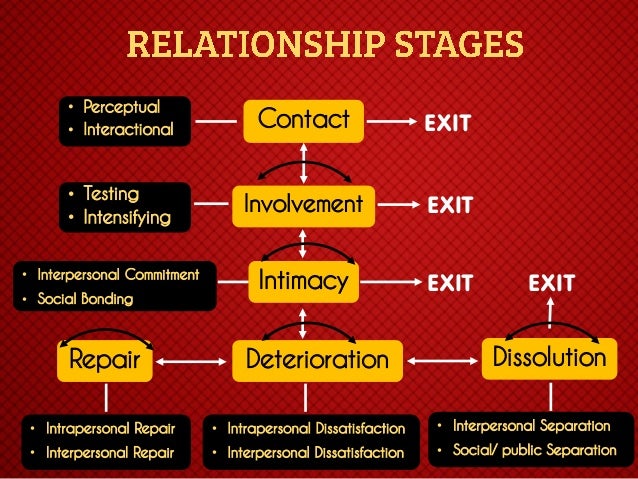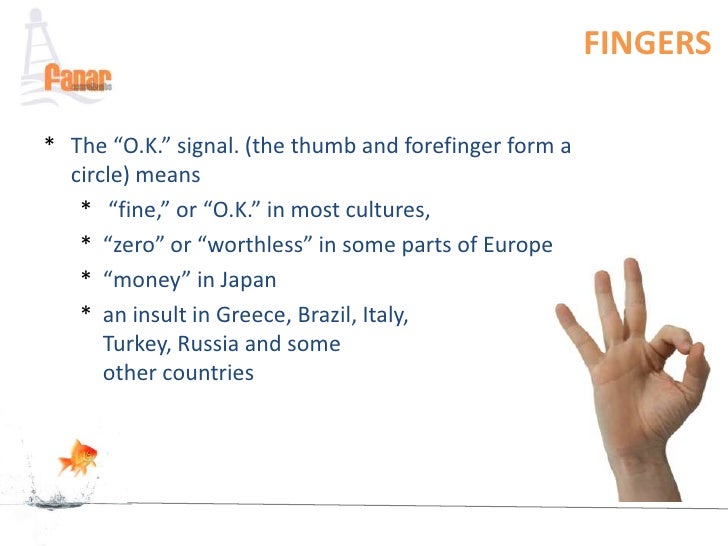So what is a small group,
Basically, a small group is a collection of individuals who
are connected to one another by some common purpose.
They are interdependent,
have some degree of organization among them,
and last but not least, they see
themselves as a group.
Each of these characteristics needs to be explained a
bit further.
First, they are collections of individuals.
Second, they
have a common purpose.
Third, they are interdependence among each other.
Fourth, they have an organization of rules and
fifth they have self-perception
as a group.

Small group contain four different format which is the round table, the panel, symposium, symposium forum.
Besides, different individual brings a different role and a passive role and active role into a group. Therefore, there are different category of power inherent in different individual which are
legitimate power, referent power, reward power, coercive power, expert power, information power.
Furthermore, there are various type of small group and different purposes.
When there are certain issues that would be hard to solve alone, small group will formed.
There are four types of small group which are idea-generation group, personal-growth, information-sharing group and problem-solving group.
Besides, different individual brings a different role and a passive role and active role into a group. Therefore, there are different category of power inherent in different individual which are
legitimate power, referent power, reward power, coercive power, expert power, information power.
Furthermore, there are various type of small group and different purposes.
When there are certain issues that would be hard to solve alone, small group will formed.
There are four types of small group which are idea-generation group, personal-growth, information-sharing group and problem-solving group.









